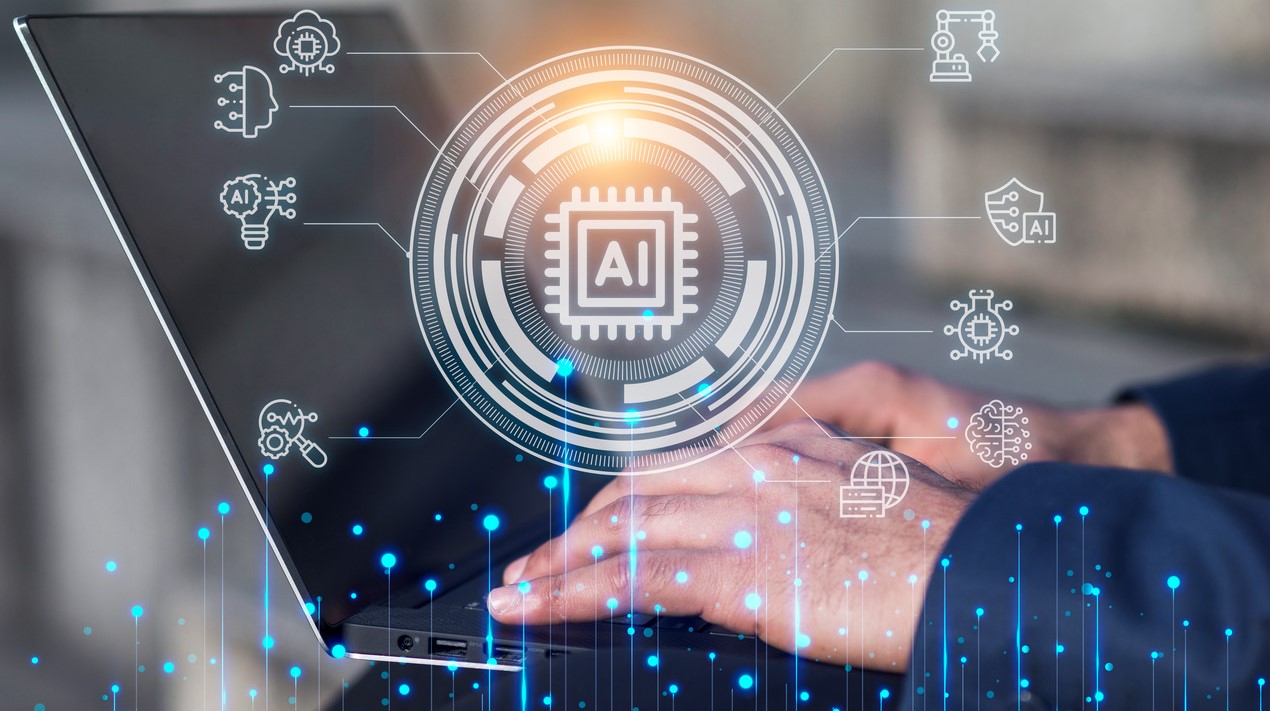
Enterprise Singapore kicked-off its inaugural run of the Scale-up SG programme today with 25 local companies. Scale-up SG is a 2.5-year programme that will help aspiring, high-growth local companies scale rapidly. We aim to groom future global champions in their respective fields who can contribute significantly to Singapore’s economy and create good jobs for Singaporeans.
Mr Peter Ong, Chairman of Enterprise Singapore, said, “Scale-up SG is a specially curated programme which aims to groom our high-growth local enterprises into global champions. The companies, while vastly diverse in terms of revenue size, sectors, business models, exhibit the common trait of hunger and the strong ambition to grow. Leaders learn best from leaders; the diversity of the companies will enrich peer learning, spurring each of them towards even greater growth.”
The participating companies, which displayed a good track record of growth and leadership team with strong growth ambitions, are of varying revenue sizes and come from various industry clusters like lifestyle and consumer; trade and connectivity; manufacturing and engineering; and urban solutions.
Enterprise Singapore will run the programme in collaboration with public and private sector partners, including government agencies, management consulting firms, professional services firms, institutes of higher learning , research institutes and private equity funds, among others.
The Scale-up SG companies can benefit from: Peer learning and collaboration between a close-knit community of CEOs and founders. Some may even partner up to grow their business, and serve as mentors to future cohorts of participating companies and development of leadership team and succession planning through strengthening the competencies of the next generation of leaders; and also access to expertise and networks of Enterprise Singapore and our programme partners, to support their growth objectives.
Participating companies will go through the programme in cohorts, each comprising 10 to 15 companies. The programme will be conducted in phases and include activities such as executive business programme with leading IHLs, peer networking, and industry sharing sessions.




















